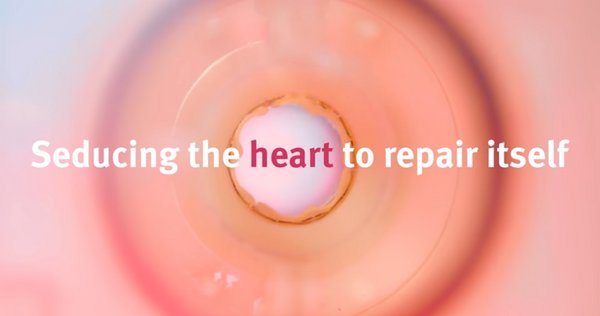Heart valve disease is considered a substantial health problem worldwide. It can present itself at birth, or be acquired over the course of life in adults. Existing treatments for heart valve replacement have significant drawbacks with respect to durability. Importantly, re-operations are often required due to growth in children or valve failure. In situ tissue engineering has emerged as a promising technology to create living heart valves inside the human body by using a biodegradable synthetic material that has the potential to attract one’s own cells. Such living heart valves could last a lifetime: one valve for life. This new technology enables the creation of heart valve prostheses with off-the-shelf availability at significantly reduced costs.
Objective
A European consortium consisting of academic and industrial partners based in the Netherlands, Switzerland and Germany was formed: ImaValve (Intelligent materials for in-situ heart valve tissue engineering). We worked over four years to create a living, human aortic heart valve that can last a lifetime. The valve was designed such that it can be delivered minimally invasively, is available off-the-shelf, has the capacity to grow, remodel and repair, and can serve many patients.
Results and Impact
The ImaValve project has resulted in a novel synthetic heart valve prosthesis. The material, or scaffold, has the potential to gradually transform inside the body into a living, durable aortic heart valve. Notably, this valve prosthesis can be delivered through a minimally invasive transcatheter procedure, eliminating the need for open heart surgery. To this end, a purposely-designed stent and delivery system was developed. The successful ImaValve prototype showed promising functionality as aortic valve replacement in sheep. The project obtained valuable information on the behavior of the scaffold material inside the body of the animals. This can further benefit strategies not only for heart valve regeneration, but for regenerative therapies of other body parts as well.
In addition to advancing scientific and medical knowledge on the topic, this research has brought us one step closer to a living, easily available and usable aortic heart valve. This is expected to improve quality of life and reduce the health burden of heart valve disease by minimizing the number of reoperations needed, as this valve would be implanted once and last for life. In such, the societal and economic benefits are significant.
Funding
This work has received funding from the European Union’s Seventh Framework Programme for research, technological development and demonstration under grant agreement no. 604514 (ImaValve). More information is available at https://cordis.europa.eu/project/rcn/110963/reporting/en
Contact
-
ds. Danique Groen BscEvelien Aslan BAKorkmazstraat3274LD Oudemirdum
-
Jamie van Baalendr.h.c. Puk Berendse ADYalçindreef6541AD Leeuwarden
